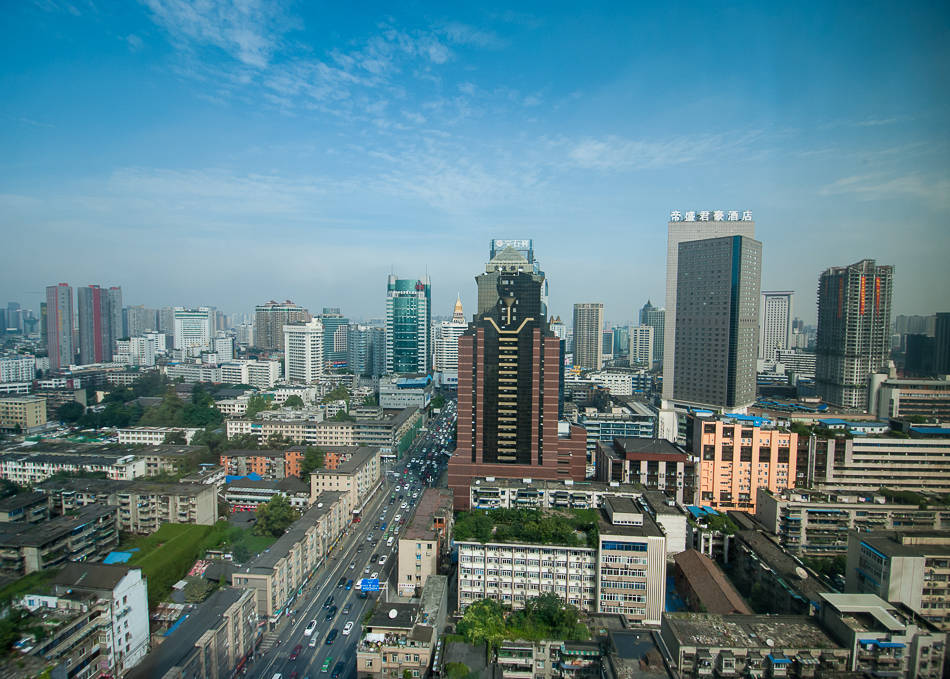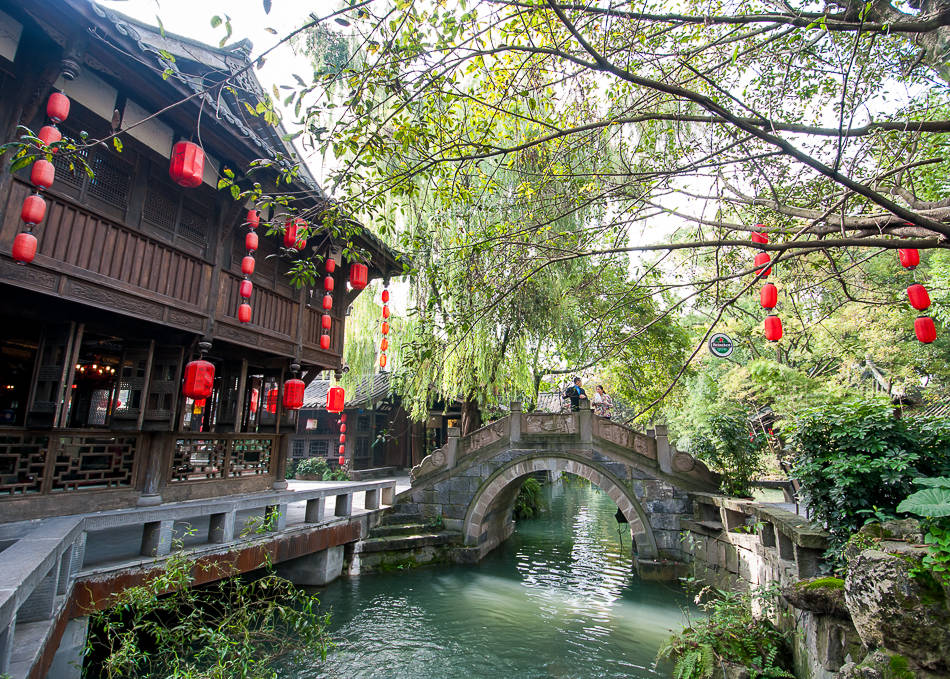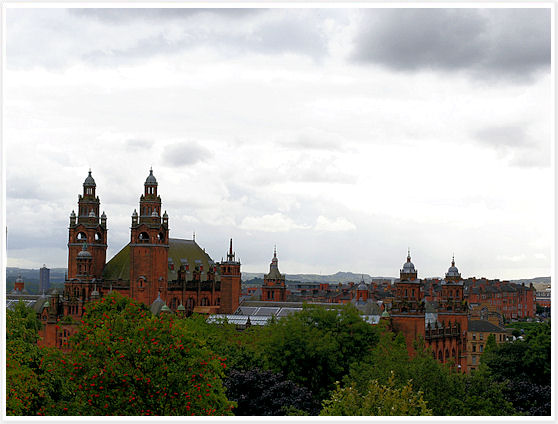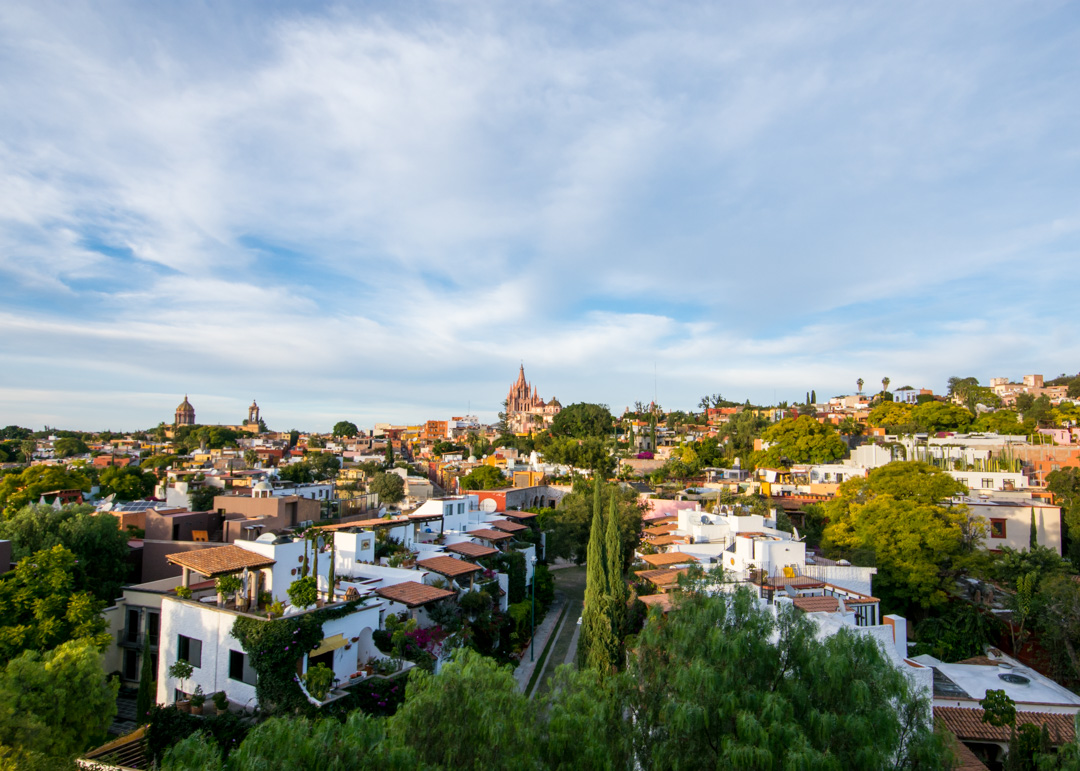Most people know Chengdu for the pandas (there are homages to them everywhere in the city and the most accessible research base is nearby) but the capital of Sichuan is also famous for being a UNESCO City of Gastronomy and is one of China’s most inviting too. Despite its typically gray and chaotic concrete center, Chengdu is remarkably chilled out compared with Beijing and Shanghai and makes an excellent ‘starter city’ where you’ll get to experience Chinese culture and cuisine with relative ease.
In the north of town, buildings make way for the entrance to Wenshu Temple, the best-preserved Buddhist temple in Chengdu.
The highlights of the temple are the cultural relics: over 300 Buddha statues, paintings, calligraphy, etc. displayed inside the halls though I found myself enjoying more the grounds and gardens.
The architecture reflects the imposing style of the Qing Dynasty and gives a wonderful chance to appreciate Chinese religious culture.
One more reason to visit the temple is to stop by its famous tea house for a cup of rare Sichuan green tea or to taste the supposedly best vegetarian cuisine in the city. A very informative series of paintings at the entrance will teach you all about the Chinese tea etiquette, like how to place your cup to indicate you want more water, brilliant.
The temple exit is on Wenshufang, the widest pedestrian street in Chengdu.
You’ll find many snack vendors and souvenirs stalls, the area around the temple becoming a real tourist hub.
Walk around and sample all you want, but make sure to stop at a small restaurant called Zhang Liang Fen right across the street. You can’t miss the crowd in front of this perpetually packed noodle shop which has been around forever.
The specialty? No-nonsense cold noodles that have amassed a cult following.
Get the ‘tianshuimian‘, thick noodles with a superbly balanced sauce made of fragrant vinegar, spicy chile sauce and sugar, hitting all the right notes for just under $1. Hands down the tastiest $1 I’ve spent in a while.
Walk off those noodles exploring the aptly named Wenshufang Folk and Culture Street filled with boutiques selling various forms of folk art, traditional clothing,…
…and quaint teahouses.
Chengdu is one of the birthplace of tea in China and with more than 6,000 teahouses it’s the best place to sample some and bask in the incredibly zen setting.
More eating is in order and a few minutes walk south will bring you to a very popular takeaway shop called Yan Tai Po.
The Sichuanese sandwiches (Gio Kui) are freshly baked crispy bread pockets stuffed with pork or beef and a spicy mix of shredded carrots, cucumbers, and bean sprouts, all drizzled with chili oil.
A little messy but I loved the spicy/crunchiness and it’s pretty filling for a little less than $2.
Another must-see temple is Wuhou Temple in the south of the city.
This site is meant to honor two immensely popular figures in Chinese history: Liu Bei, emperor of the Shu Kingdom, and his much revered military strategist Zhuge Liang. They lived during the volatile “Three Kingdoms Period” (169-280 AD) which has attained a somewhat cult-like following among literary buffs and fans of The Romance of the Three Kingdoms. Even if you know nothing of the book, you’ll still very much enjoy walking around this huge 37,000 square meters complex among the cypress and bamboo covered pathways.
Its size allows for plenty of empty corners and feels like a very quiet oasis in the city.
Adjoining the temple grounds lies Jinli Ancient Street, a picturesque street showcasing Sichuan folk houses from the Qing dynasty turned into shops, restaurants, bar, teahouses, inns, etc. giving you a condensed and charming view of life in the Sichuan tradition.
It’s a great place to sample some local delicacies and shop for souvenirs to bring home from spicy nuts to loose tea to local crafts.
After the bustling Jinli street, you’ll be up for some more R&R and this calls for a little break at Xiaotong Alley near the center of town. The peaceful street has attracted hipsters of late and a few cute shops and coffee houses have opened doors, ideal for lingering with a book or finding an original gift.
When you’re ready to get back into action, you really can’t leave Chengdu without paying a visit to its most famous alleys, which are everything BUT peaceful.
Commonly called the ‘Wide and Narrow Alleys’ (alternatively the Kuan, Zhai and Jing alleys), they are actually composed of three old parallel alleys, pedestrian ancient streets lined with old buildings from the Ming and Qing dynasties and a myriad of courtyard houses.
Renovated in the last decade, they’re now Chengdu’s most popular entertainment strip for both locals and visitors and act as a showcase of old Chengdu life.
Statues, facades, doors, bricks, etc, have been left for admiring in between the fancy shops and international restaurants.
The Narrow Alley is the more hectic one and is lined with bars and elegant shops as well as a staggering number of snack vendors. Street snacks are one of the main attraction with every Sichuan specialty being well represented. You could easily make a meal (or many!) by sampling whatever strike your fancy and you’re likely to be pleasantly surprised.
The Wide Alley is a mirror of the old life of Chengdu people focusing on the local customs, precious folk culture of the city and is where you can sip tea, sample Sichuan cuisine in pretty courtyards, and mostly do a lot of souvenir shopping.
Of course, more pandas!
Some brilliant 3D art is displayed in between the houses, hinting at the old time with a superb vintage flair.
More modern displays brighten the overall gray-blue theme with the ubiquitous pandas…
…which literally appear out of nowhere. The fascination and adoration of the cuddly bear is infectious and you’ll find yourself snapping photos uncontrollably, looking for them as in a scavenger hunt.
The Wide Alley also ends with a host of snack vendors so if you didn’t get your fill in the Narrow Alley now’s your chance. Anything from tofu to rice with pineapple to quail skewers is available for a small price and there are loads of sweets and fried donuts too to round out your meal.
The third and last lane, called Well Alley (Jing), represents the new Chengdu and is lined with bars, turning into a lively place at night.
Black-and-white pictures are displayed along the external wall with that wonderful 3D treatment, showing you the daily life of the working-class in the early 20th century.
You can even see some parts of the original wall on your way out for a final glimpse into old Chengdu.
Last but not least, one must absolutely eat Sichuan’s most famous dish of Mapo Tofu (or Mapo Doufu) before leaving, and one of the best places to do that is unsurprisingly at Chen’s Mapo Tofu .
I ordered some stir fried bamboo shoots (absolutely love those!) as a side.
The main event though is when the sizzling bowl of Mapo Tofu lands on your table, the bubbling spicy chili- and bean-based sauce splattering on your white tablecloth. Powerfully spicy with a generous topping of mouth-numbing Sichuan peppercorns, this sumptuous mélange of ingredients is a classic and one you’ll inevitably fall in love with regardless of your tolerance for spiciness (I have none and powered through it like a champ, nose running and all – it was that good). It’s the perfect dish to end your trip to Chengdu with a kick.















































































